The Cape May warbler (Setophaga tigrina) is a species of New World warbler. It breeds in northern North America. Its breeding range spans all but the westernmost parts of southern Canada, the Great Lakes region, and New England. It is migratory, wintering in the West Indies. The English name refers to Cape May, New Jersey, where George Ord collected the specimen later described by Alexander Wilson. This species was not recorded again in Cape May for another 100 years, although it is now known as an uncommon migrant there.
Plumages of the female and immature male resemble washed-out versions of the adult male, lacking the strong head pattern. The yellowish rump, and at least indications of the white wing bar, are always present. The adult male Cape May warbler has a brown back, yellowish rump and dark brown crown. (Wikipedia®)
Month: August 2023
Great Blue Heron Juvenile
Today at the Sheboygan Marsh. Very patient – maybe didn’t think that I saw him. Our largest and heaviest heron, grayish overall (except white in southern Florida). The following day we found a Juvenile Great Blue Heron that was too weak to fly near a pond in Sheboygan Falls. Rescued By Us – Down Likely From Starvation.
Ruby-throated Hummingbird
In our yard today, resting after a snack in her usual tree. The only hummingbird in our area is the Ruby-throated.
Here’s a few fun facts: Hummingbirds are the only bird that can fly backwards. They weigh less than a nickel. They drink nectar by moving their tongues in and out approximately 13 times per second and they can drink double their body weight in a single day.
Northern Flicker In the Rain in Wisconsin
Two populations reliably distinguished by multiple plumage differences, but intergrades are common across a very wide area. “Yellow-shafted” (north and east) and “Red-shafted” (west) differ in plumage colors but not in voice or habits. This bird is Yellow-shafted as the yellow feathers are visible in flight mode.
Green Heron in Wisconsin
The green heron is relatively small; adult body length is about 44 cm (17 in). The neck is often pulled in tight against the body. Adults have a glossy, greenish-black cap, a greenish back and wings that are grey-black grading into green or blue, a chestnut neck with a white line down the front, grey underparts and short yellow legs. The bill is dark with a long, sharp point. Female adults tend to be smaller than males, and have duller and lighter plumage, particularly in the breeding season.
The Green Heron is one of the world’s few tool-using bird species. It often creates fishing lures with bread crusts, insects, and feathers, dropping them on the surface of the water to entice small fish.

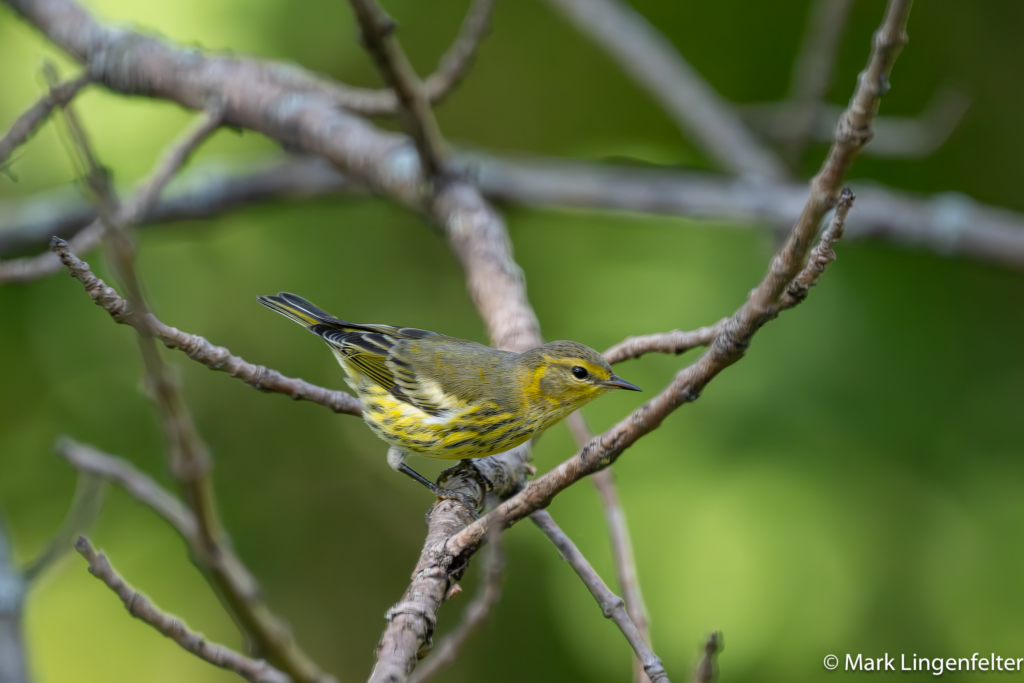
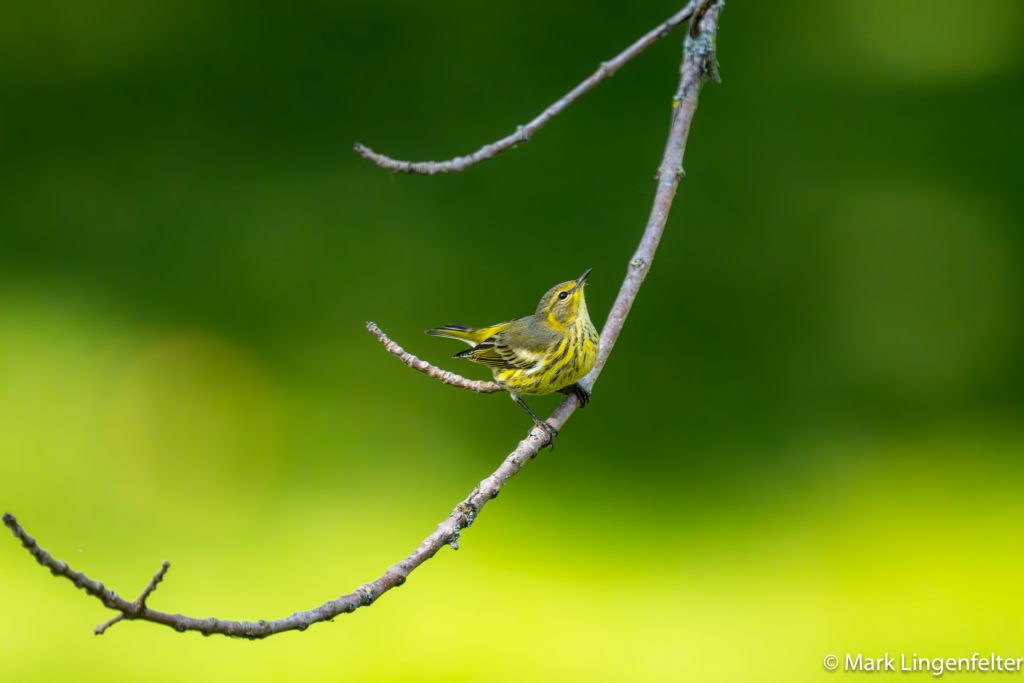
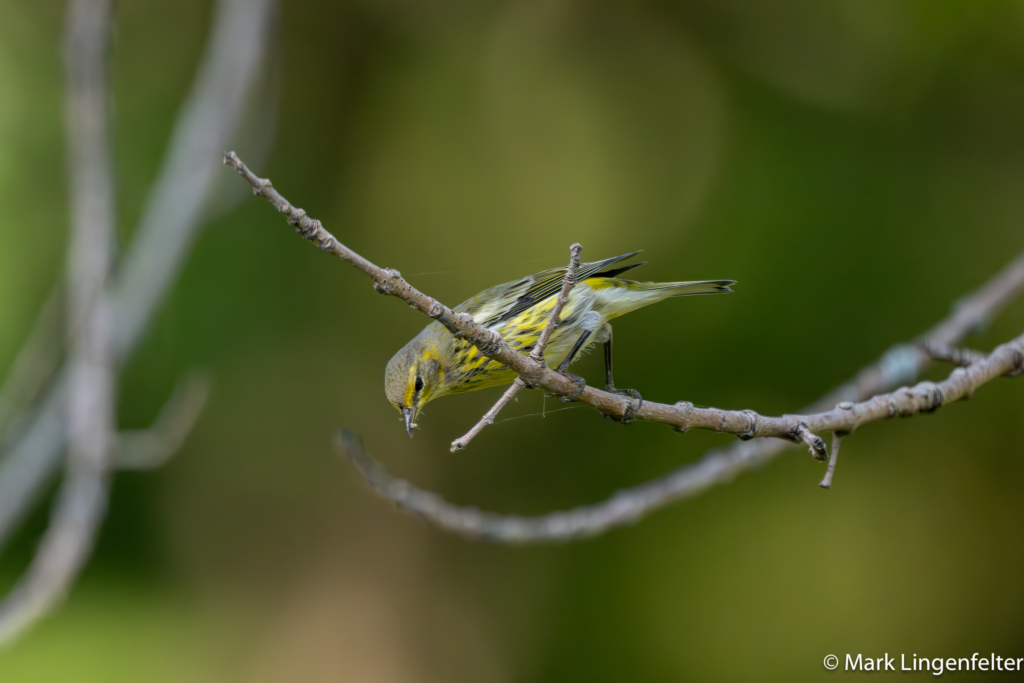
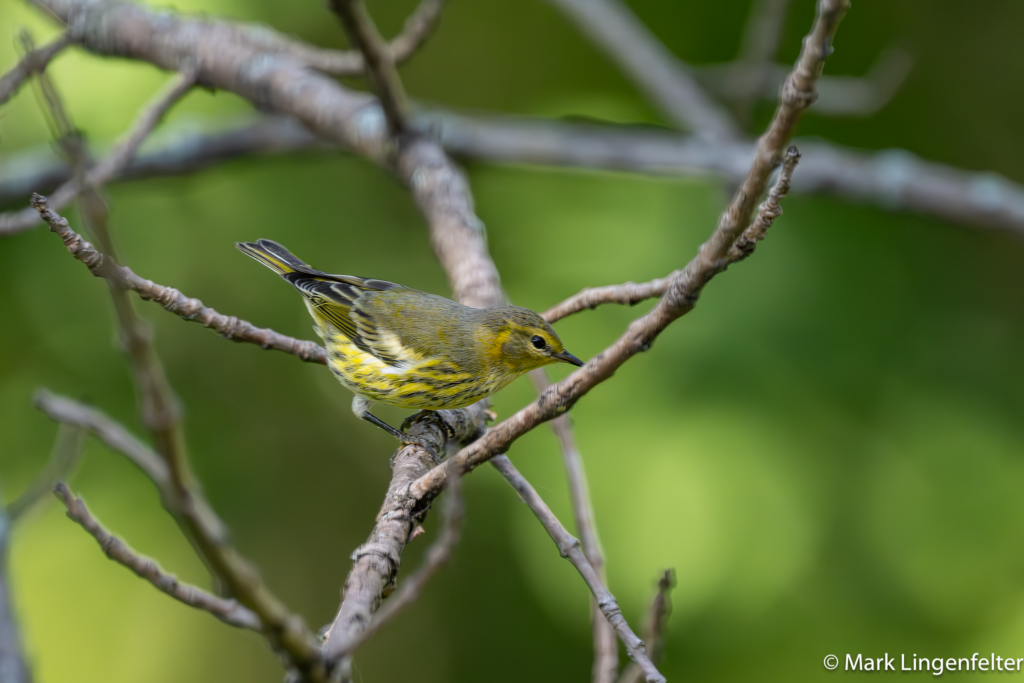
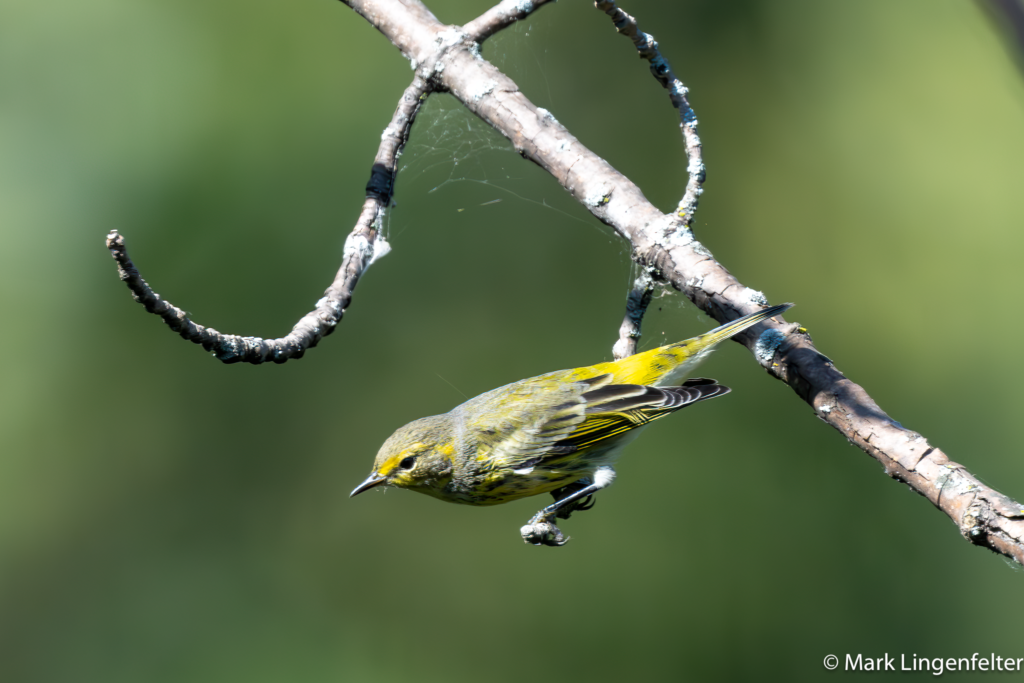
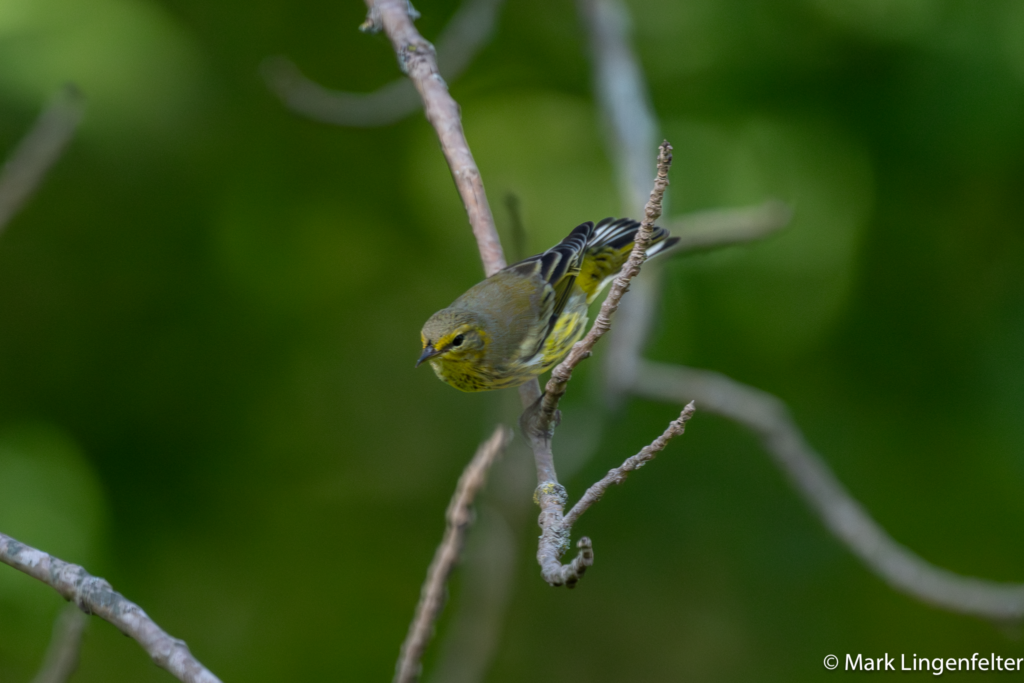

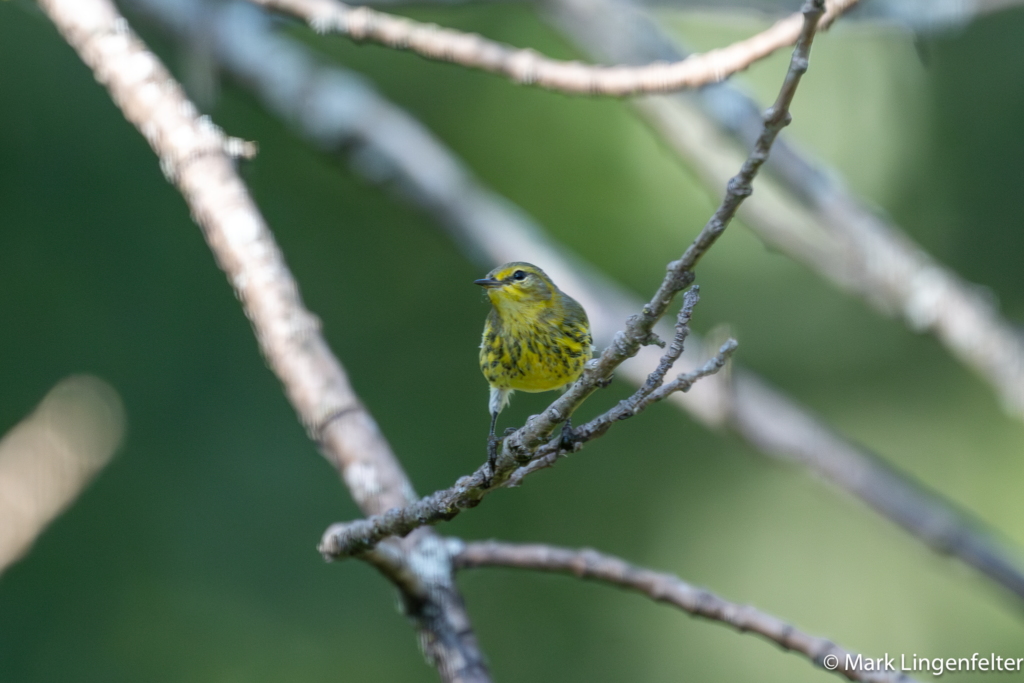
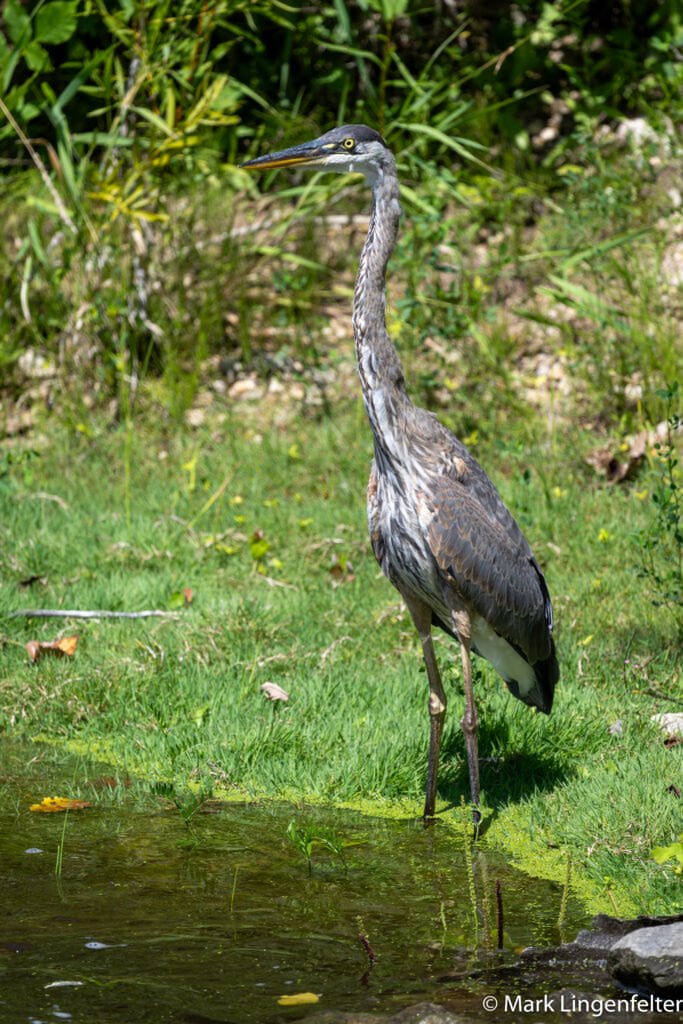
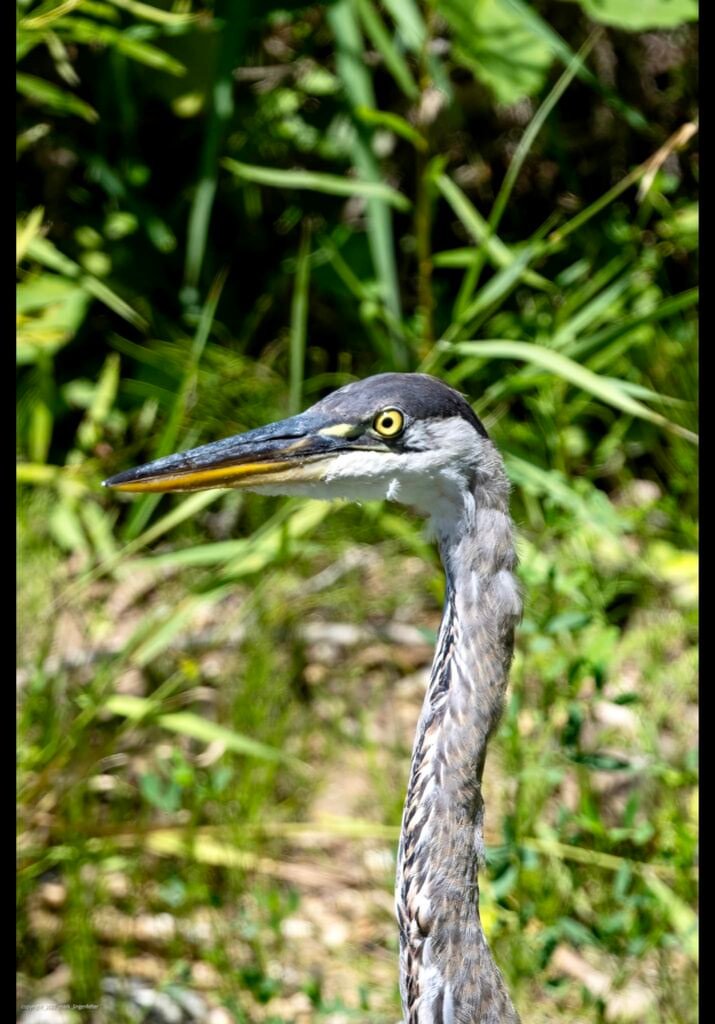
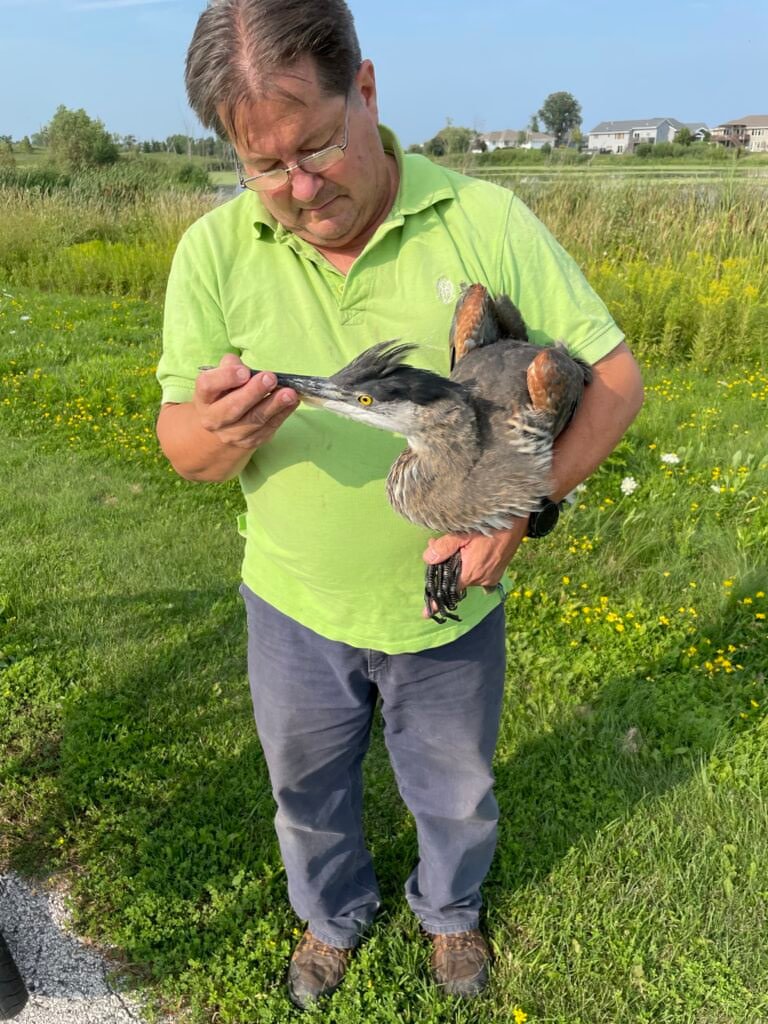
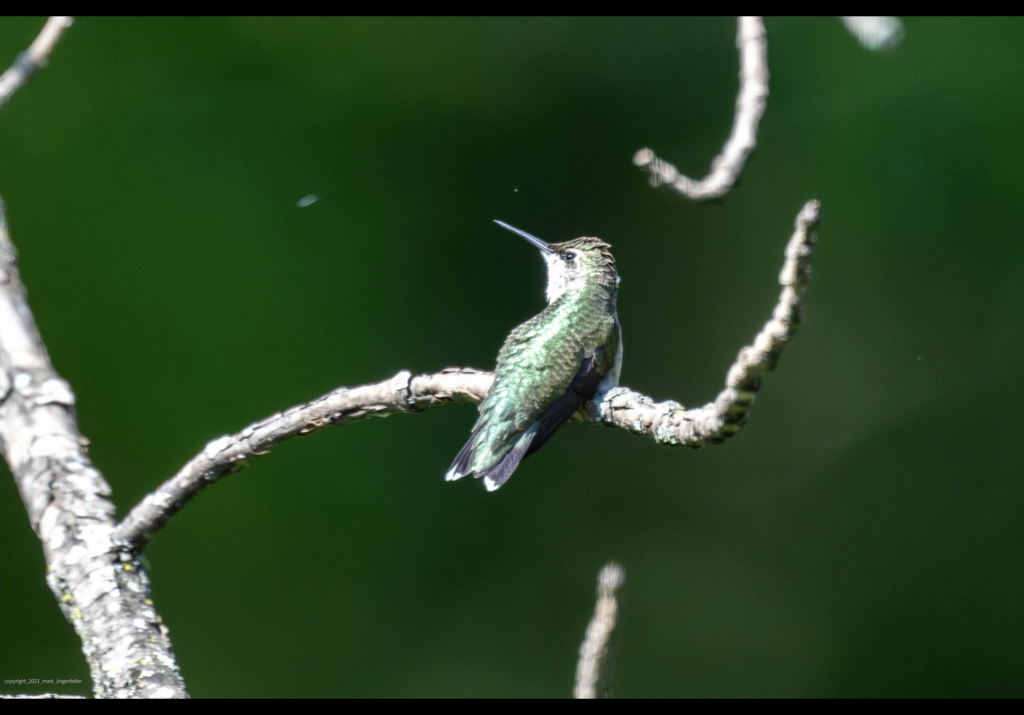
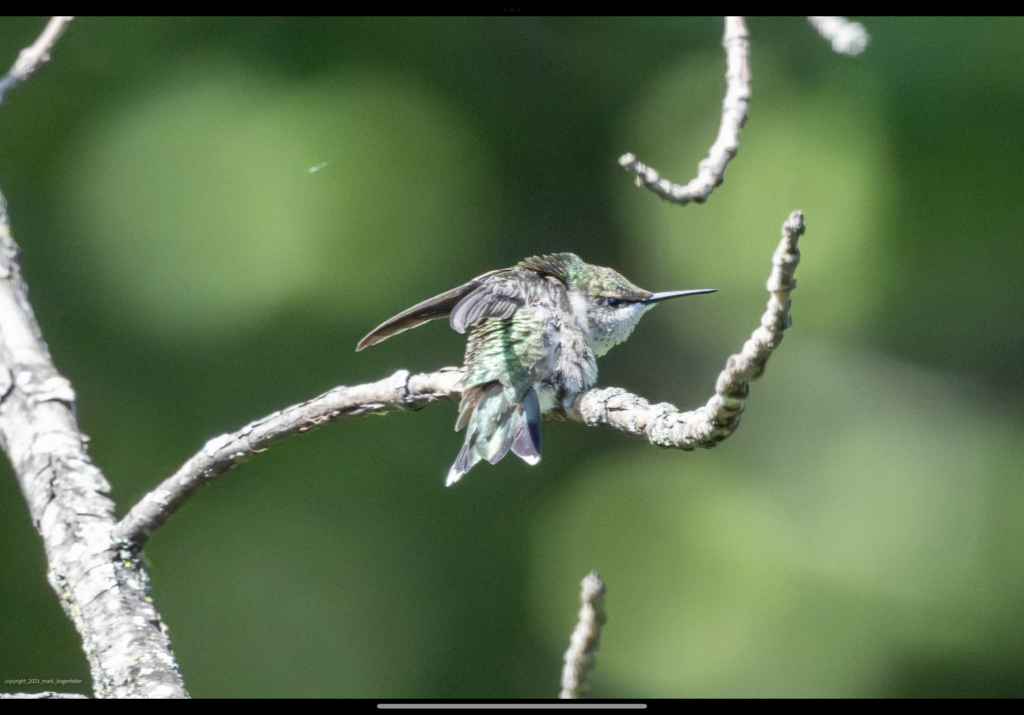
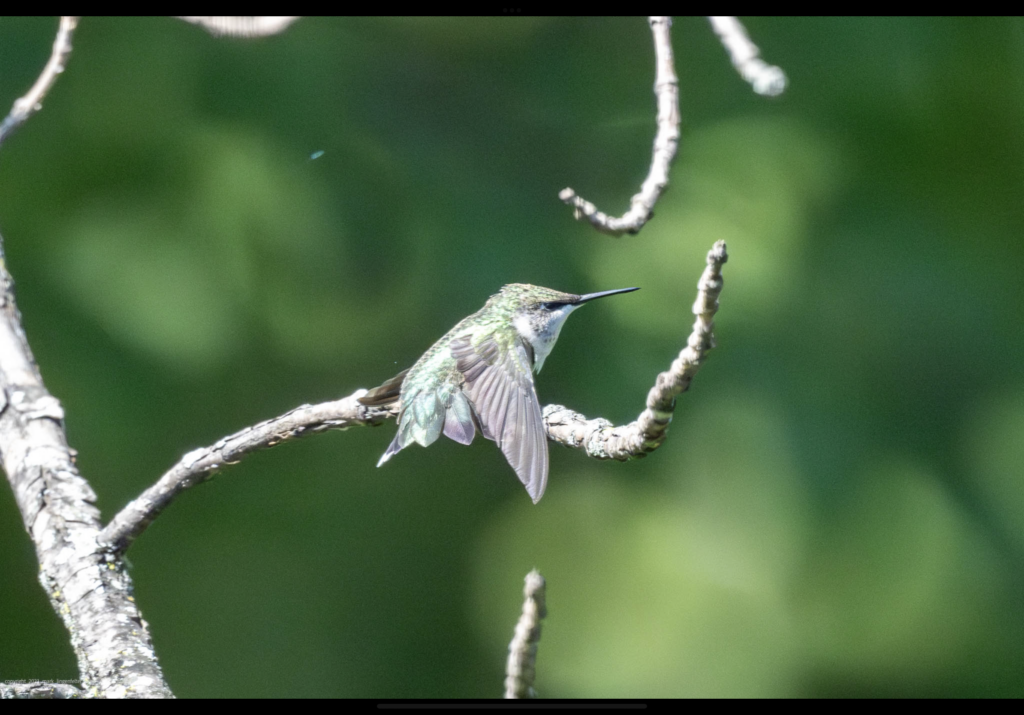
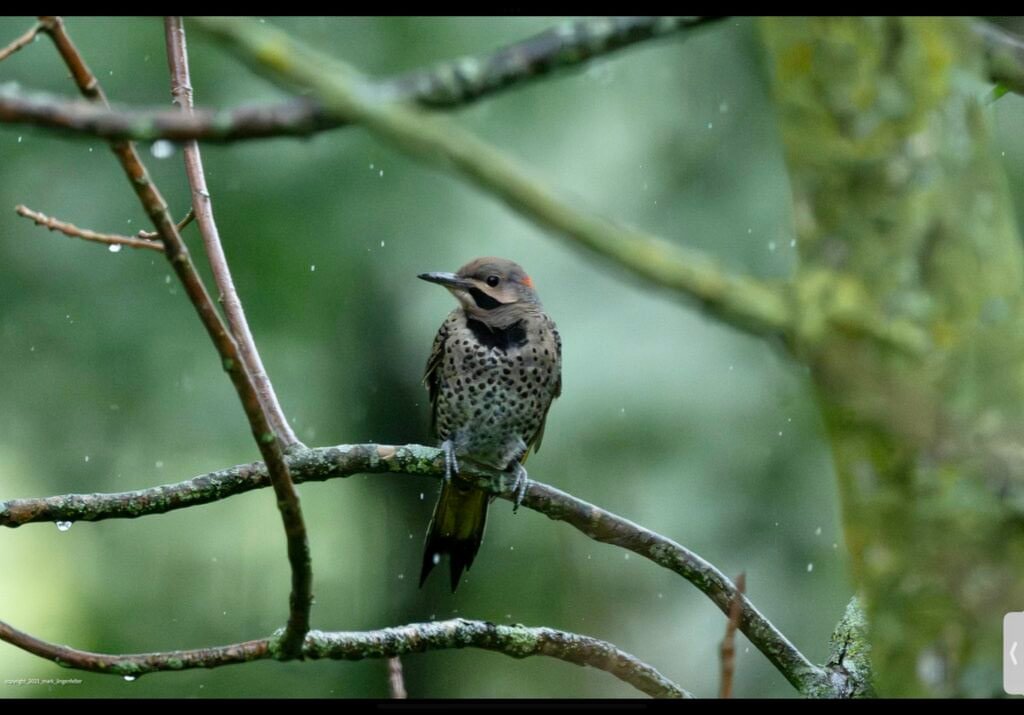
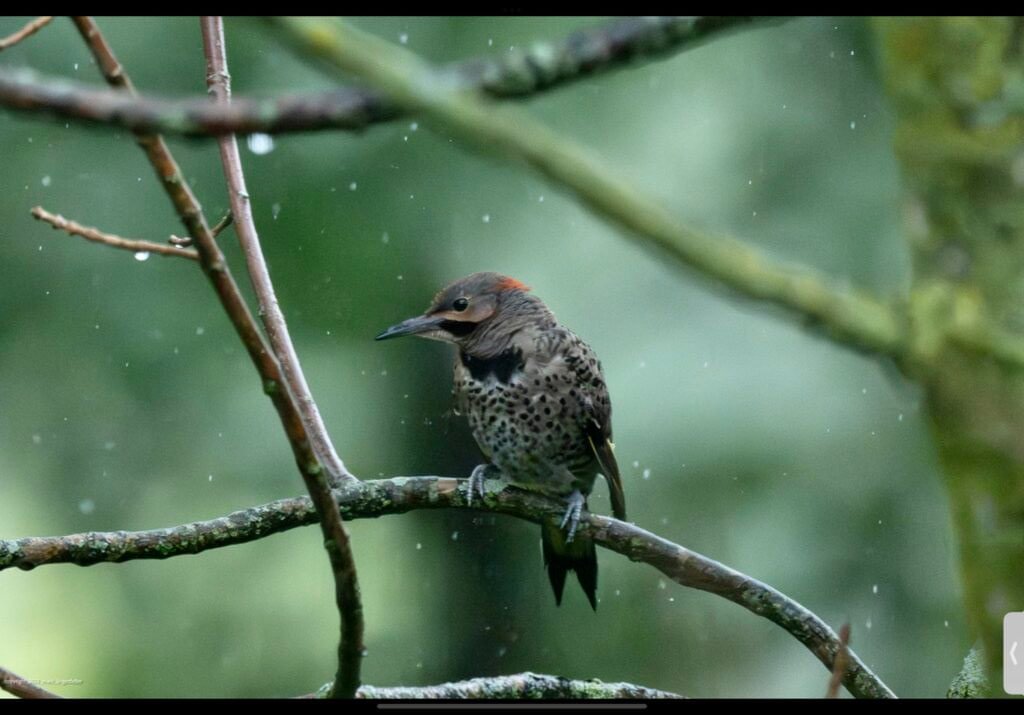
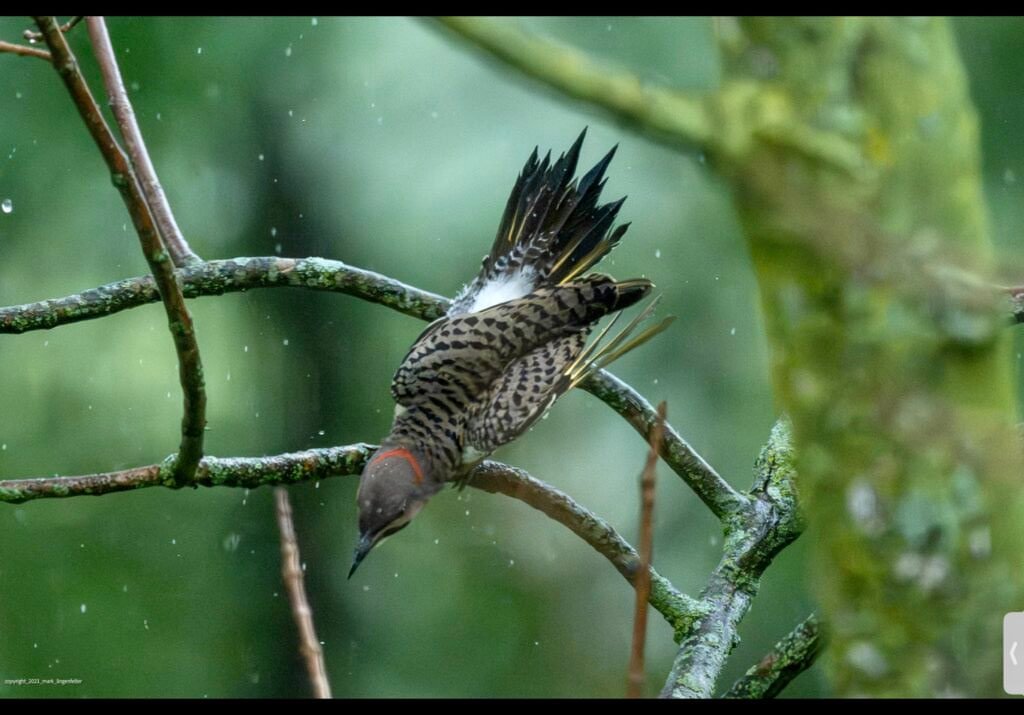
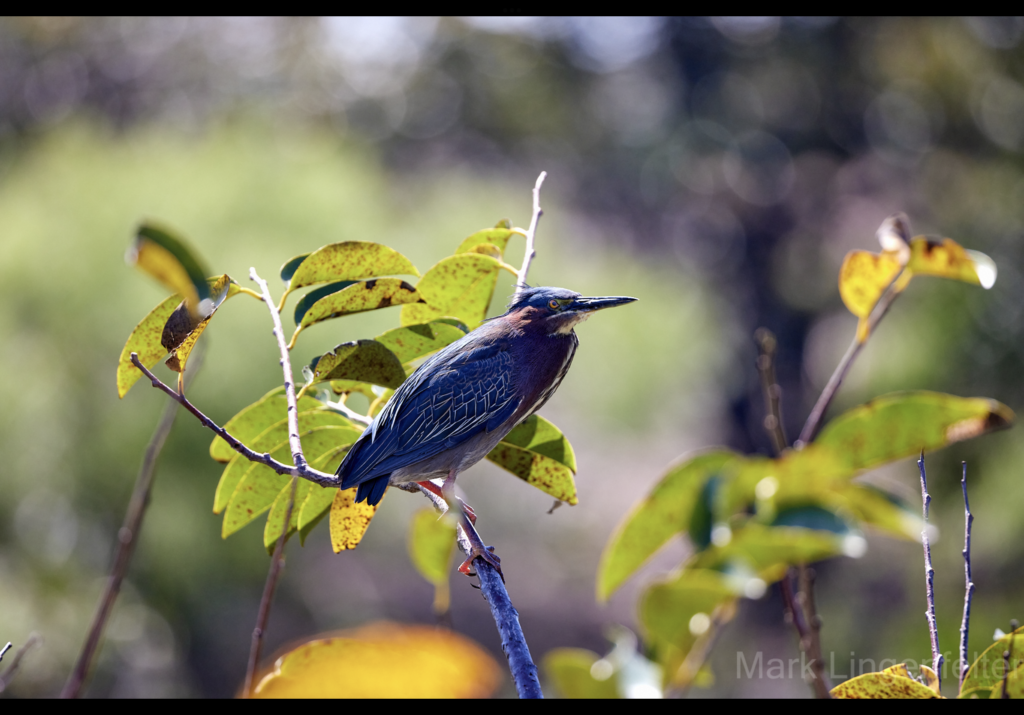
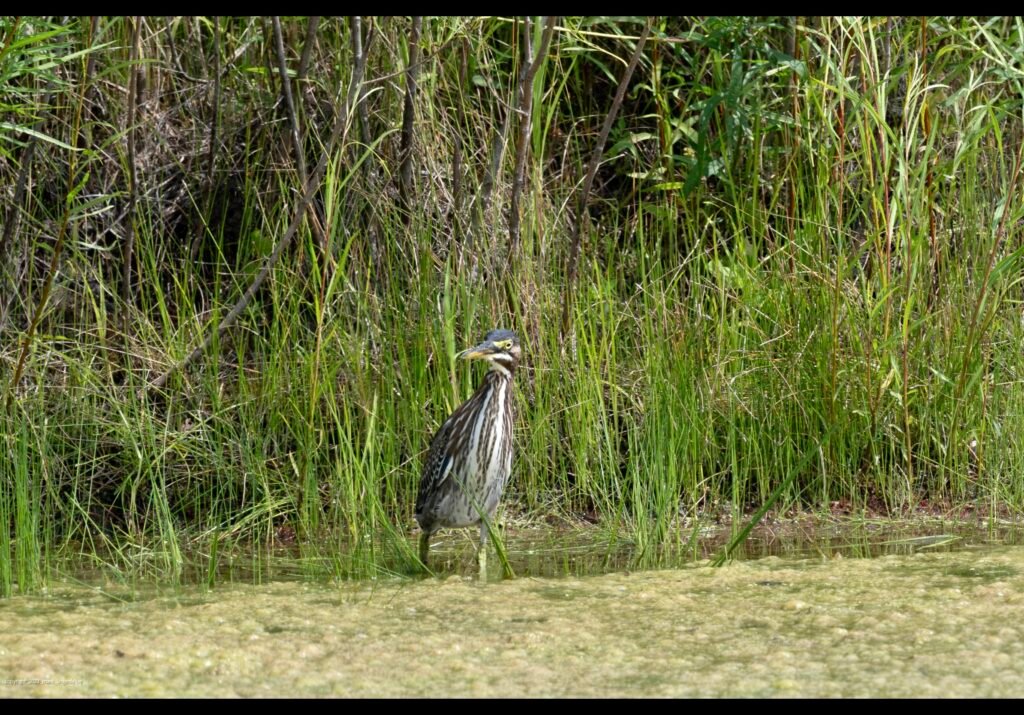
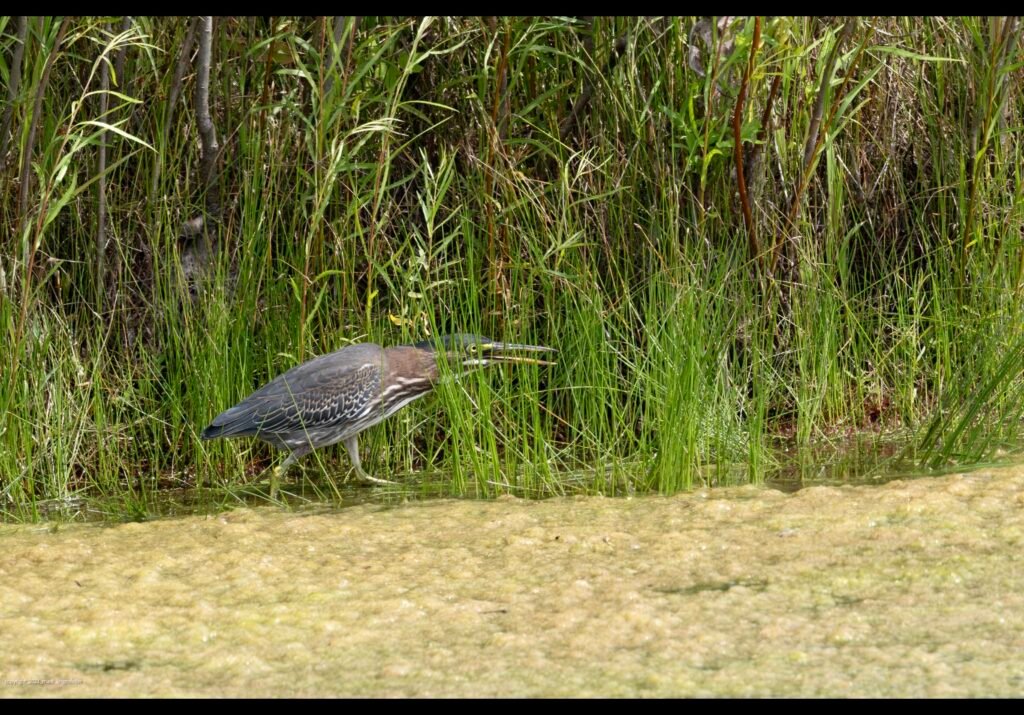
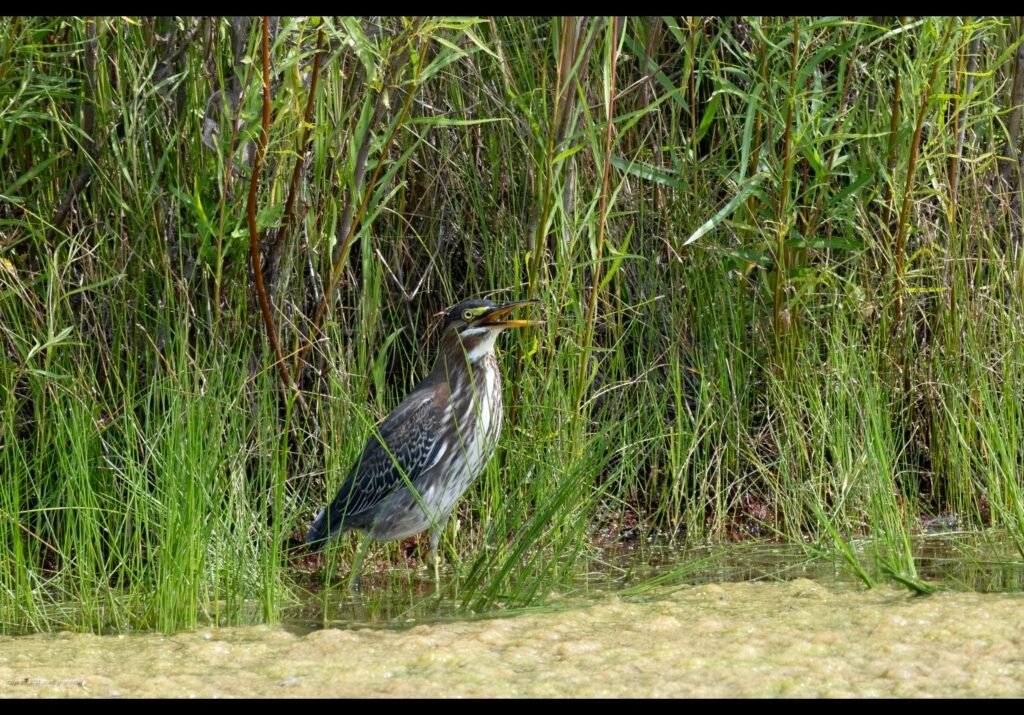
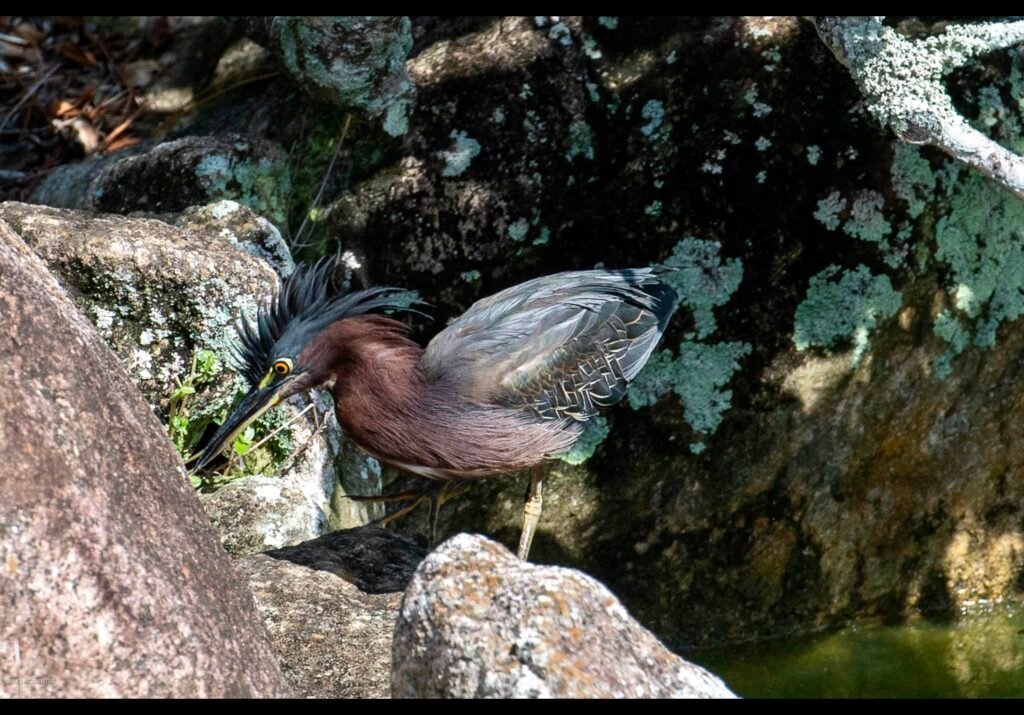
Be the first one to comment!